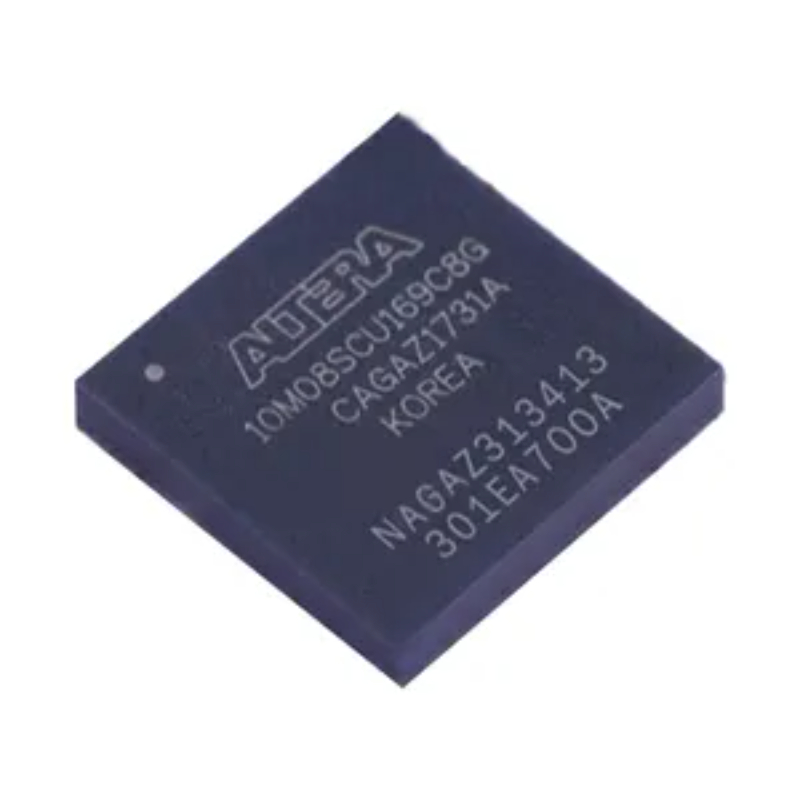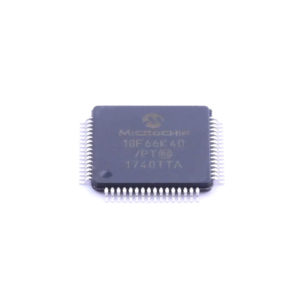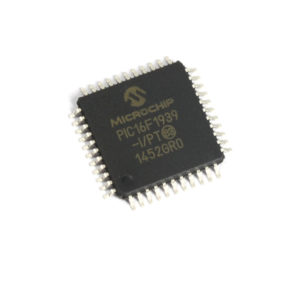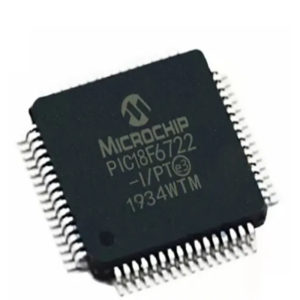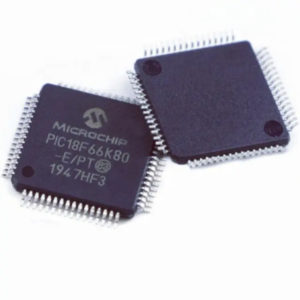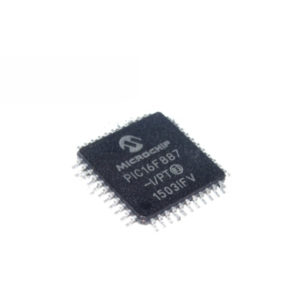10M04SCU169C8G
| Manufacturer | Altera |
| Description | IC FPGA 130 I/O 169UBGA |
| Category | Integrated Circuit |
| Package | BGA-169 |
| Status | New & original |
| Ship From | HK/SHENZHEN |
| Stocks | 10,000 |
Please submit your BOM List or Input the part online
Description
The component “10M04SCU169C8G” appears to be an FPGA (Field-Programmable Gate Array) from Intel’s (formerly Altera) MAX 10 series. FPGAs in the MAX 10 family are known for their low power consumption, small form factor, and integration of various features.
FPGAs are programmable integrated circuits that allow users to configure digital logic circuits and create custom digital designs. They consist of an array of configurable logic blocks, interconnects, and I/O (input/output) resources. The configuration of an FPGA can be modified or reprogrammed to implement different logic functions or complex digital systems.
Based on the naming convention used by Intel (formerly Altera) for their FPGA products, “10M04SCU169C8G” likely represents specific details such as the variant, package type, and speed grade of the FPGA.
The application of the “10M04SCU169C8G” FPGA would depend on its characteristics, features, and the requirements of the project or system it is being used in. Generally, FPGAs like the MAX 10 series find applications in various fields, including:
1. Internet of Things (IoT): FPGAs can be used in IoT devices for tasks such as sensor interfacing, data processing, and connectivity. They offer flexibility, low power consumption, and real-time processing capabilities suitable for IoT applications.
2. Industrial automation: FPGAs find applications in industrial automation systems for tasks such as control and monitoring of machinery, process optimization, and data acquisition. They can interface with various sensors and actuators, enabling precise control and real-time responsiveness.
3. Communication systems: FPGAs are widely used in communication systems for tasks such as protocol conversion, signal processing, and network packet processing. They can provide high-speed data processing and customizable interfaces for different communication standards.
4. Embedded systems: FPGAs can be used in embedded systems for tasks such as real-time control, image processing, and interface bridging. They offer flexibility, reconfigurability, and integration of multiple functions on a single chip.



















































